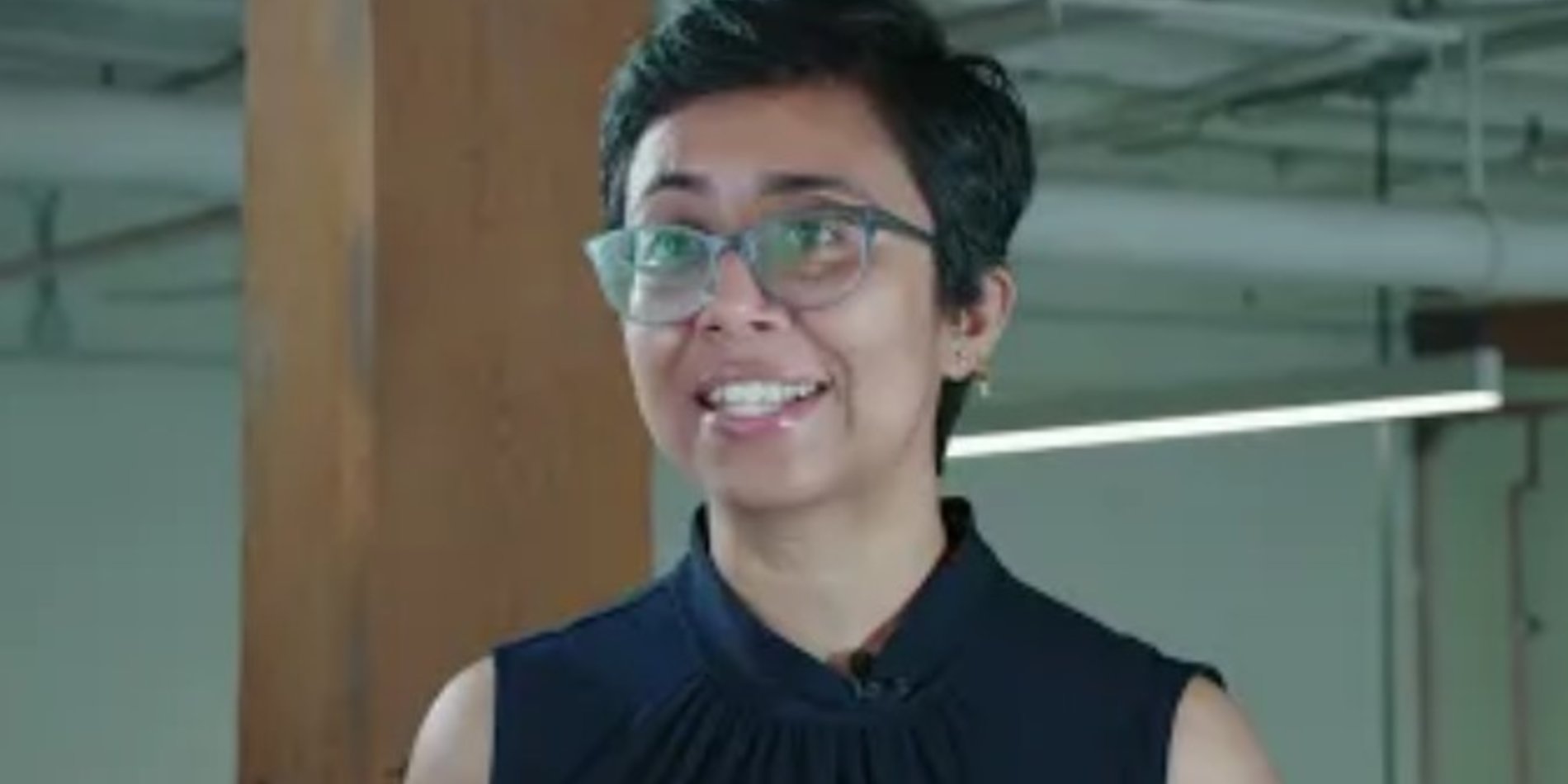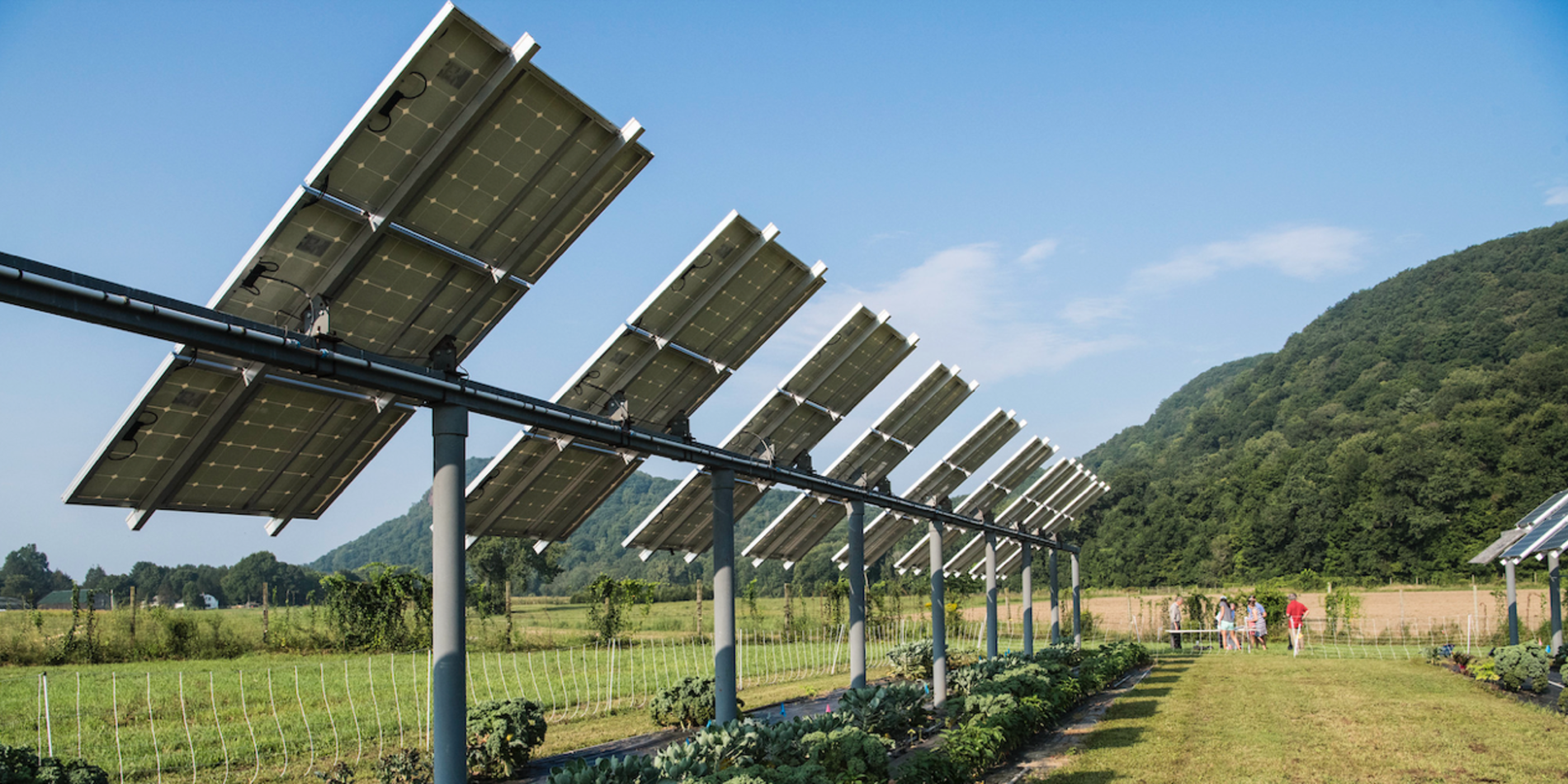Startup founders stress need for sustainable energy support network
The path from student researcher to entrepreneur is paved with fits and starts, gradual development, and agile pivots.
Sharing this lesson, two founders of clean energy ventures spoke at the Stanford Energy Seminar about how they began to commercialize their innovations while still Stanford students. Nicholas Flanders (MBA/MS ’16), CEO and co-founder of Opus 12, and Bryce Meredig (BS ’07/MBA ’14), CSO and co-founder of Citrine Informatics, now lead sustainable energy companies with millions of dollars in outside investment.
At an early stage, access to the TomKat Center’s Innovation Transfer Program helped convince Flanders’ and Meredig’s teams that they were onto something. It also gave them a network of support that helped them develop their ideas into profitable clean energy products.
Meredig’s Citrine Informatics began as a machine learning platform addressing fundamental problems in materials science. It has since grown to include algorithmic applications for increasing efficiency at all stages of the development and manufacturing process, a necessity for appealing to a broad range of customers. As a result, Citrine has attracted an international customer base and received follow-on funding from private and public sources.
“But before all the venture investments and federal grants,” Meredig says, “TomKat listened to our vision and supported it. They said, ‘There’s a there there.’”
Universities can play a critical role in guiding technology projects at this early stage as student founders seek to transition their ideas from the classroom to the private sector. There is a need for a supportive commercialization infrastructure particularly in the clean energy sphere, which has experienced several waves of unsteady interest from investors over the past decades due to some high profile failures and the frequent need for upfront capital investments in hardware and manufacturing.
“The results of Stanford’s commitment to innovators and entrepreneurs have been pretty impressive by any measure,” according to Brian Bartholomeusz, Executive Director of Innovation Transfer at the TomKat Center, who cited a 2012 study by Chuck Eesley and William Miller. “It is critical to create that kind of supportive ecosystem for clean tech companies as well.”
Flanders agrees. His company, Opus 12, came together when he first met co-founder Etosha Cave (MS ’11/PhD ’14) at the Stanford Student Space Initiative, a club for outer-space enthusiasts; and she introduced him to Kendra Kuhl (PhD ’13), whose work with Cave in Professor Tom Jaramillo’s lab laid the groundwork for their company.
Opus 12 is developing a “box” that houses catalytic reactors used to convert CO2 into widely used chemicals with a high commodity value. Their novel carbon dioxide conversion and monetization technology is “equivalent to 64 football fields of forest crammed into your suitcase,” says Flanders, describing the device’s ability to mimic the CO2-mitigating power of about 37,000 trees.
But success for the young team was far from assured. Opus 12 began by exploring the use of their reactor to produce ethanol, seeking to ride an anticipated surge in the biofuels market. Then oil prices dropped, and demand for their box’s carbon-neutral fuel slumped with it. As Flanders puts it, “Industry has an appetite for green technology, but it has to be cost competitive.”

In response, they adjusted their focus and started developing a catalyst that could be integrated into industrial plants and used to make carbon monoxide from CO2 emissions in situ. Because the transportation and storage of carbon monoxide is hazardous and heavily regulated, Opus 12’s process could make its production ten times cheaper and safer.
Now Flanders and his co-founders are partnering with NASA to explore whether their technology would be viable on Mars, which hosts an atmosphere of over 90% CO2 that Opus 12 might use to manufacture a wide array of products needed by a future space colony.
Along the way, the co-founders of Opus 12 and Citrine have not forgotten the Innovation Transfer grant from the TomKat Center that initially supported them or the networks and mentorship it placed at their disposal. These mentors have helped them find their place within the wider community of entrepreneurs seeking cost-competitive solutions to climate change.
“There isn’t a silver bullet,” says Flanders. “The answer is going to be a silver buckshot. There will need to be lots of solutions to the problem, and we will be one of them.”
The TomKat Center tries to seed as many of those solutions as it can. Since 2013, TomKat’s Innovation Transfer Program has awarded $2 million to 26 teams at Stanford exploring the commercial viability of their technologies and concepts. These teams have gone on to raise a total of over $40 million in external funding, some of which was awarded by institutions like ARPA-E and Cyclotron Road.
But early support is crucial.
“Risk goes down in chunks as a startup,” Meredig claims, cautioning prospective entrepreneurs against overeager expectations of unicorn-style gains. “Most days you’re not any better off than the day before, but then you experience step-function improvement: you pick up a new customer, you secure some funding.” In this difficult youthful stage of the business lifecycle, knowing that others are invested in your ideas and willing to point you in the right direction can make all the difference.
“We’re just now starting to feel like a real business,” says Meredig, whose company recently added its thirteenth employee. “That’s pretty cool given our humble beginnings.”




